The best photography holidays around the world
Shoot spectacular scenery and awe-inspiring wildlife like a pro on an unforgettable trip offering expert tuition in the field. James Litston zooms in on the best photography holidays around the world.
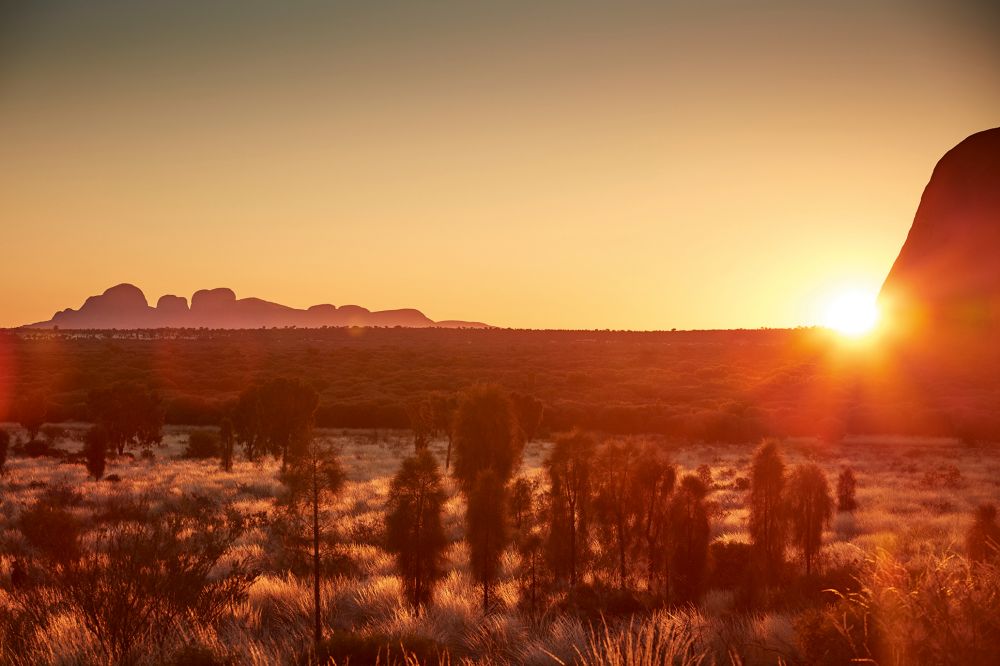
Shoot spectacular scenery and awe-inspiring wildlife like a pro on an unforgettable trip offering expert tuition in the field. James Litston zooms in on the best photography holidays around the world.
Epic and empty, the Australian Outback would be so much more challenging to photograph were it not for the means of transport employed in this very special tour. With a private plane seating up to eight guests and ‘doors-off’ helicopter experiences included in the itinerary, opportunities to explore and connect with the scenery are considerably enhanced.
Starting out on a working cattle ranch in the scenic Flinders Ranges (with a chance to spot rock wallabies and wedge-tailed eagles), the journey continues to Uluru for the first of two heli-work sessions to capture the remarkable sight of the rock rising up from the endlessly flat desert landscape. Moving on to the Bungle Bungles, the next challenge is to photograph these dome-shaped landmarks in the soft light of dawn, then again in the lengthening shadows of evening for a different perspective. Relocating to the Kimberley – one of the world's last great wildernesses – provides a chance to shoot the night sky (including star trails and the Milky Way) using age-old boab trees to create inspiring compositions. The scenery changes again in the Top End region of Arnhem Land, where wetland wildlife and Aboriginal rock art bring further balance to the subject matter.
The guide for this trip is Ewen Bell, whose work is published worldwide, including, regularly, in Food and Travel. ‘Few people are fortunate enough to see this much of Australia,’ he says, ‘let alone in the space of two weeks. We go beyond the technical issues to the heart of great photography, using these basic principles: go slow, get closer and always look for the light.’
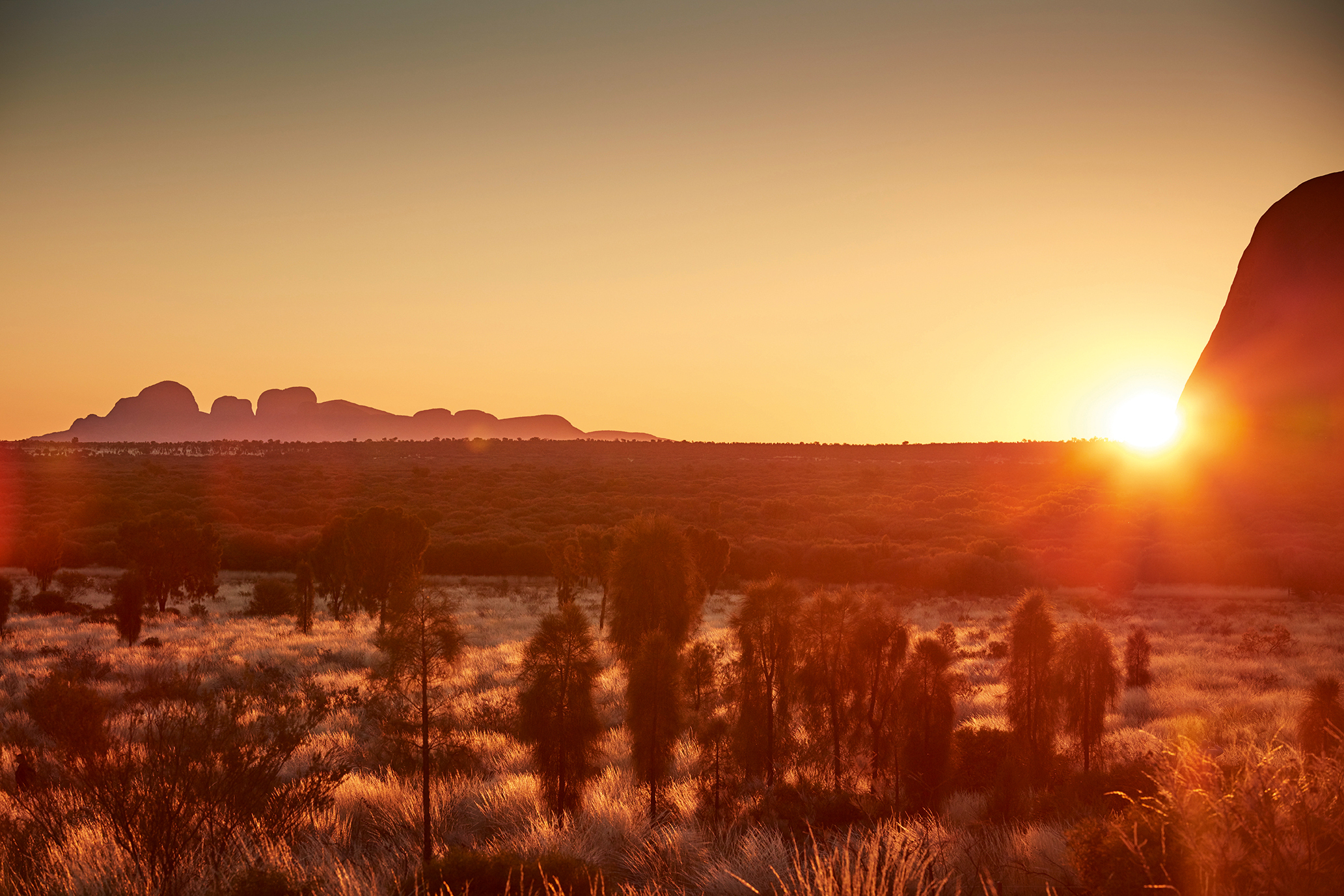
The 14-day trip departs 7 June 2021 and costs from £8,988pp including accommodation, transfers, tuition, scenic flights and all meals. airadventure.com.au
Photo by Ewen Bell
Temples, pagodas and everyday life along the mighty Mekong are the subjects of this 13-day trip through Vietnam and Cambodia. Led by established travel and lifestyle photographer – and long-time Food and Travel contributor – Gary Latham, the tours wind their way by river and road through peaceful paddy fields to the choreographed chaos of cities alive with market stalls and colourful street scenes.
‘I try to find magic in the everyday,’ says Gary, who aims to teach participants to engage with their subjects in meaningful ways. ‘We explore the basics of photography to understand image-making and what it takes to make a great picture.’ In keeping with All Points East’s philosophy, tours focus on the ethics as much as the aesthetics of travel photography, ensuring that conduct is non-intrusive and that the experience has positive impacts for the places and people en route.
From bustling Ho Chi Minh City (still mostly called Saigon by locals) to the Cambodian capital, Phnom Penh, the itinerary offers a kaleidoscope of backdrops for memorable imagery. Waterways and floating villages are intrinsic, but there are details to discover, too: the architecture, street life and cottage industries that add local colour and context. A particular highlight is Angkor Thom, the ancient ruined Khmer city that once sat at the heart of a powerful empire. Long lost to the jungle, all that remains are its stone-built temples, whose statues, etched columns and preserved friezes (some swathed in banyan roots) provide endless inspiration for any photographer.
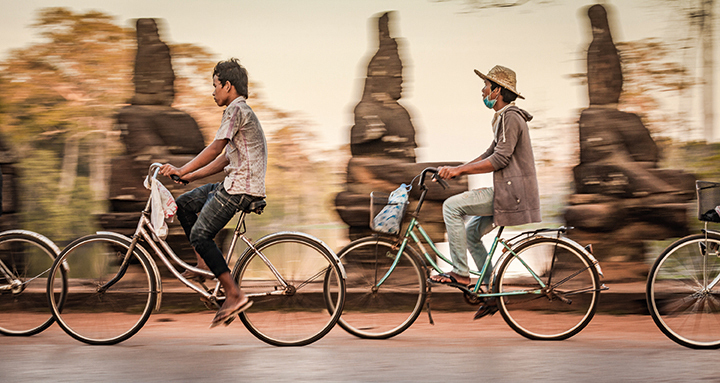
The 13-day trip has departures from August 2020 and costs from £2,950pp, including accommodation, transfers, tuition and some meals. allpointseast.com
Photo by Gary Latham
The word ‘safari’, Swahili in origin, suggests herds of big game on the African plains – so a photography safari to Namibia ticks every box. Elephant, springbok, blue wildebeest, giraffe and large dazzles of zebra can be found here in good numbers along with their predators: lions and cheetahs. The wildlife is most abundant around the waterholes of Etosha, Namibia's flagship national park whose massive salt pan is visible from space. With guidance from Kevin Elsby, a Fellow of the prestigious Royal Photographic Society, you’ll learn how to ensure eye-catching shots and behaviours of these iconic animals and their colourful supporting cast of meerkats, gazelles and elegant oryx.
Beyond all its mammalian magic, this southern African nation offers deserts, dunes and forests of quiver trees among its astonishing landscapes. It's hard to take a bad photo in ever-striking Sossusvlei, whose ochre sands and skeletal trees are visited at dawn and dusk so as to be shot in different lights. At Kolmanskop, attention turns to the ruins of a mining town, before moving on to evocative stands of quiver trees. In these empty southern corners of the country, far from light pollution, the night sky becomes a mesmerising maelstrom – and all the better against a foreground of dolerite boulders. As well as learning the background to astrophotography through specialist lectures, the trip coincides with an optimal part of the lunar cycle – to boost chances of capturing the night sky at its best.
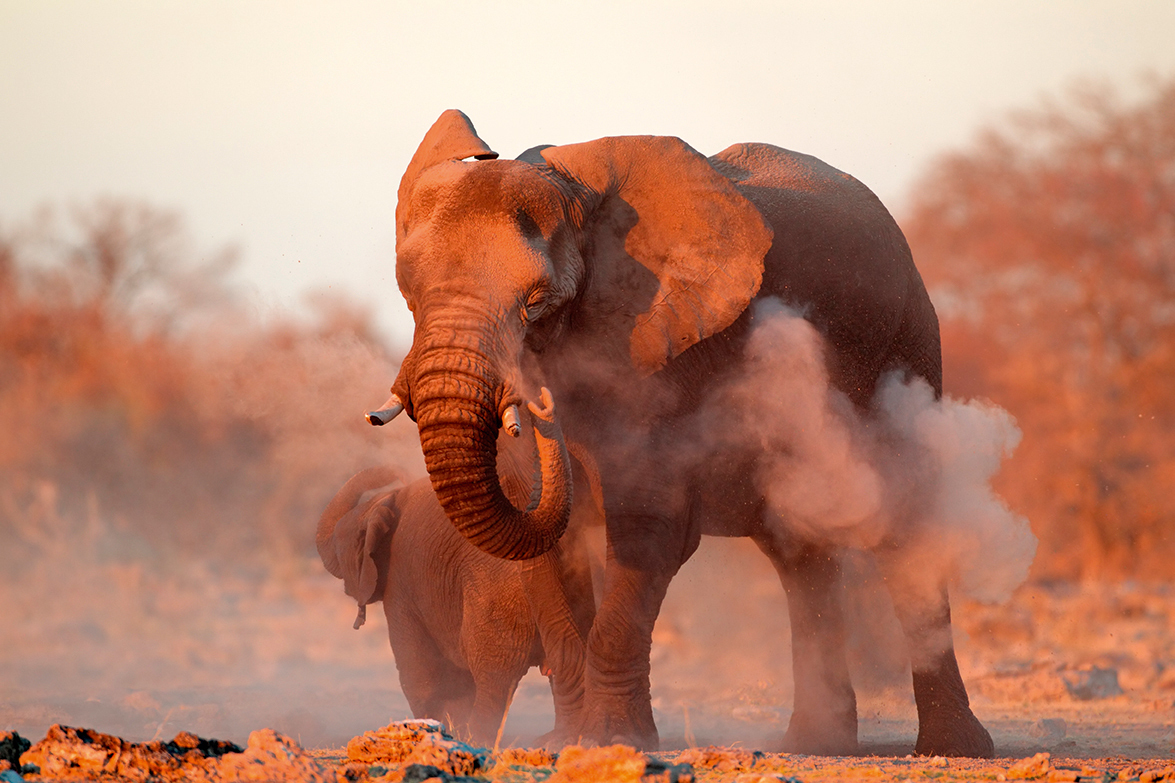
The 19-day trip departs 30 July 2020 and costs from £9,495pp, including flights, transfers, accommodation, all meals, tuition and guides. naturetrek.co.uk
Photo by Shutterstock
Animals, landscapes and star-filled skies also feature big on this delightful small-group photography tour to Madagascar led by Oliver Smart – an up-and-coming, award-winning wildlife photographer. By covering three of the nation’s major forest types, the trip maximises opportunities to encounter wildlife found nowhere else on Earth. Better still, the lemurs in each area are somewhat habituated to people, affording unparalleled photo opportunities. In the spiny forest (a uniquely Madagascan floral community), get up close to ring-tailed lemurs and 'dancing' Verreaux's sifakas, a large lemur whose peculiar gait is both diagnostic and comical. More lemur species (plus predatory fossas) await in the tropical dry forest, along with 11 different chameleon. Then in the eastern rainforest, the main target is the indri – one of the largest lemurs, whose wailing calls echo through the dawn jungle. Tropical birds, tiny frogs and bizarre-looking aye-ayes (a rare, nocturnal lemur with a Yoda-like countenance) also make unusual subjects for filling that memory card.
Plant photography also features prominently, especially orchids and pitcher plants, but it's the massive baobab trees that dominate the imagination. The most notable of all are the 800-year-old specimens in the Avenue des Baobabs. With different landscapes and an introduction to the customs and vibrant cultures of Malagasy tribes, this leisurely paced adventure guarantees the best possible image results along with some magical memories.
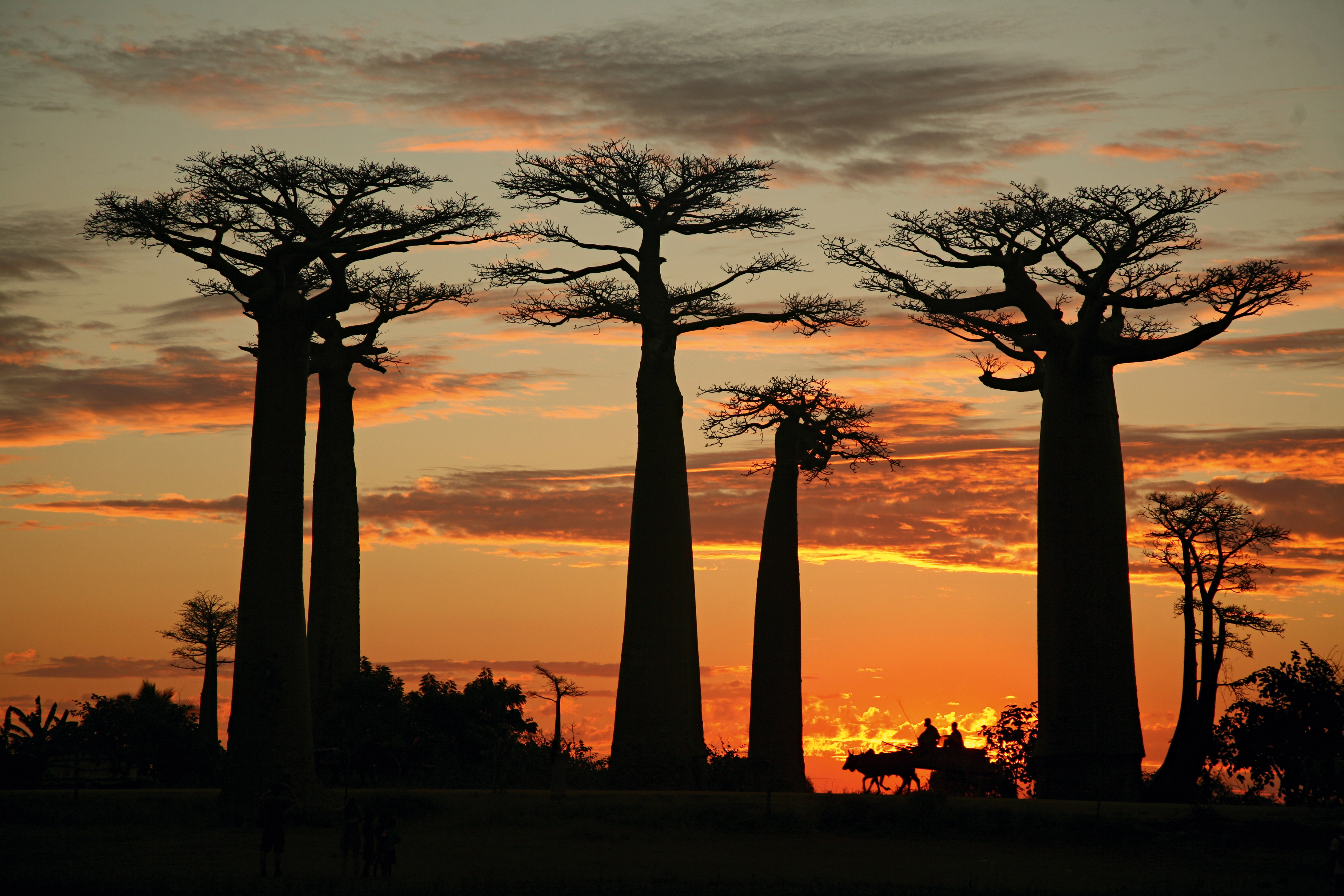
The 15-day trip departs 18 September 2020 and costs from £4,783pp, including accommodation, transfers, most meals, tuition and guides. reefandrainforest.co.uk
Photo by Oliver Smart / Reef and Rainforest
Last year saw the 35th anniversary of the death of Ansel Adams, the legendary landscape photographer famed for his sweeping images of the American wilderness. Adams made his name with a series of black-and-white shots of Yosemite National Park, the first of which were published in the early 1920s. Budding landscape photographers can follow in his footsteps and learn the tricks of the trade at the celebrated Ansel Adams Gallery. Set within Yosemite itself, the gallery stages half-day classes or multi-day workshops in the style of Ansel Adams. Each is hosted by renowned photographers such as Alan Ross, who worked alongside Adams as his photographic assistant.
Inspired by Adams’ most famous works, the classes allow participants to experiment with styles to express their own personal vision. A Crafting The Fine Silver Image workshop with Alan Ross, for example, on 6-10 October, 2020, has a focus on the type of tonally rich and expressive, silvery images that made Adams’ name. The course covers the skills of isolating and evaluating the elements of a scene, right through to equipment use and how to print and present the final image. With Yosemite on the doorstep, it’s worth continuing to other scenic spots on a road trip through the Golden State. With Palm Springs’ mid-century architecture and the Pacific coastline at Monterey, there’s every opportunity to indulge in some California dreamin’.
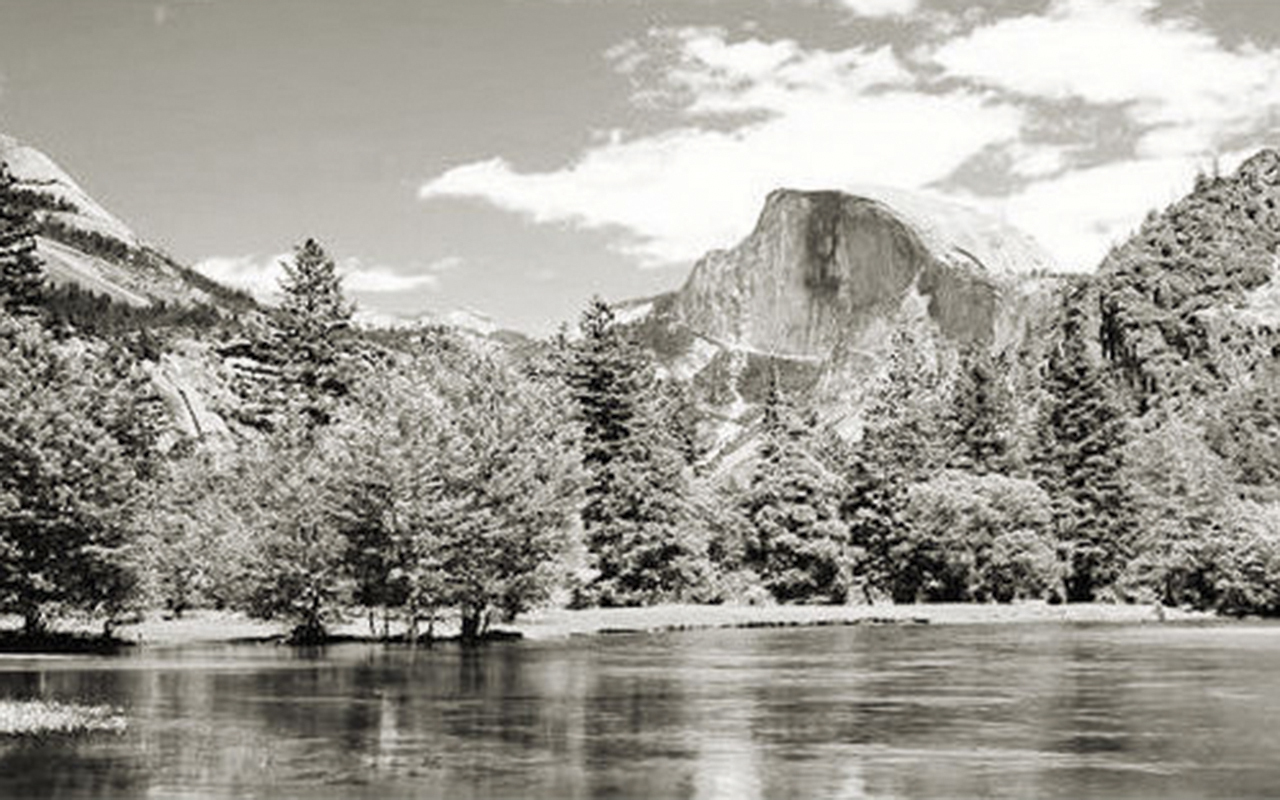
A 14-day fly-drive from San Francisco to LA costs from £3,485pp, including flights, car hire, accommodation and the five-day photography workshop in Yosemite. bon-voyage.co.uk
Fine-art photographer David Yarrow leads this trip to the Svalbard Islands, an archipelago between mainland Norway and the North Pole. Best known for its polar bears, Svalbard is home to all sorts of impressive wildlife, which is David’s specialism. Getting around the islands is easy aboard intimate MV Freya, an expedition ship accommodating no more than 16 guests. Sailing north into almost perpetual daylight from Longyearbyen (the capital), the voyage ventures along the west coast of Spitsbergen and into the realm of the ice bears and their prey. The seals and their pups that sustain the bears inhabit expanses of sea ice that fragment into floes as the temperatures climb.
Other wildlife encounters in this frozen, northern world might include walruses, whales and reindeer, not to mention all kinds of seabirds that migrate to the region to breed. But it’s the polar bears that steal the show – and with around 3,000 of them inhabiting the islands, the chances of getting to see one up close is high. For photographers, though, the scenery itself is a smorgasbord of Arctic delights, from fjords and waterfalls to glaciers and snow-dusted peaks, all the way down to the finer details of delicate wildflowers or the intricate patterns of sea and melting ice. Under David’s guidance, participants can be sure of being in the right place at the perfect time to capture sparkling images filled with the essence of the Arctic.

The 8-day trip departs 1 May 2021 and costs from £8,995pp, including full-board accommodation aboard MV Freya, plus tuition. naturalworldsafaris.com
Photo by David Yarrow
With a bird list spanning over 1,900 different species, Colombia has a richer avifauna than anywhere else in the world. From familiar parrots to more exotic hummingbirds, toucans and tanagers, many species are hard to spot – and even harder to photograph – which means that dedicated wildlife photography tours provide the best chance of success.
This trip led by award-winning wildlife photographer Bret Charman takes in some of the country's very best spots for bird photography, where you’ll find the likes of bar-crested antshrikes and apical flycatchers. Of particular interest are hummingbirds, many with fantastical names such as booted racket-tail, long-tailed sylph and purple-throated woodstar. Many species can be tempted to feeding stations for close encounters, but other target species require more effort. The vivid Andean cock-of-the-rock, for example, lives secretively in thick tropical forest, but the trip is timed to catch the birds when they're lekking (gathering) in the breeding season, ensuring unmatched opportunities for capturing the action. Even harder to see are yellow-eared parrots, an endangered species whose overnight roosts are accessed via bumpy tracks using 4x4 vehicles.
From Rio Bitaco Forest Reserve to Chingaza National Natural Park, the itinerary takes in a diversity of wildlife-rich habitats including lowland lagoons, cloud forests, volcanoes and sky-high páramo – the montane landscape above the tree-line that's typical of the High Andes. The scenery throughout is just as photogenic as the birds, which not only make this an unforgettable experience, but also adds up to a rather impressive post-trip portfolio.
This article was taken from the May 2020 issue of Food and Travel.
To subscribe today, click here.
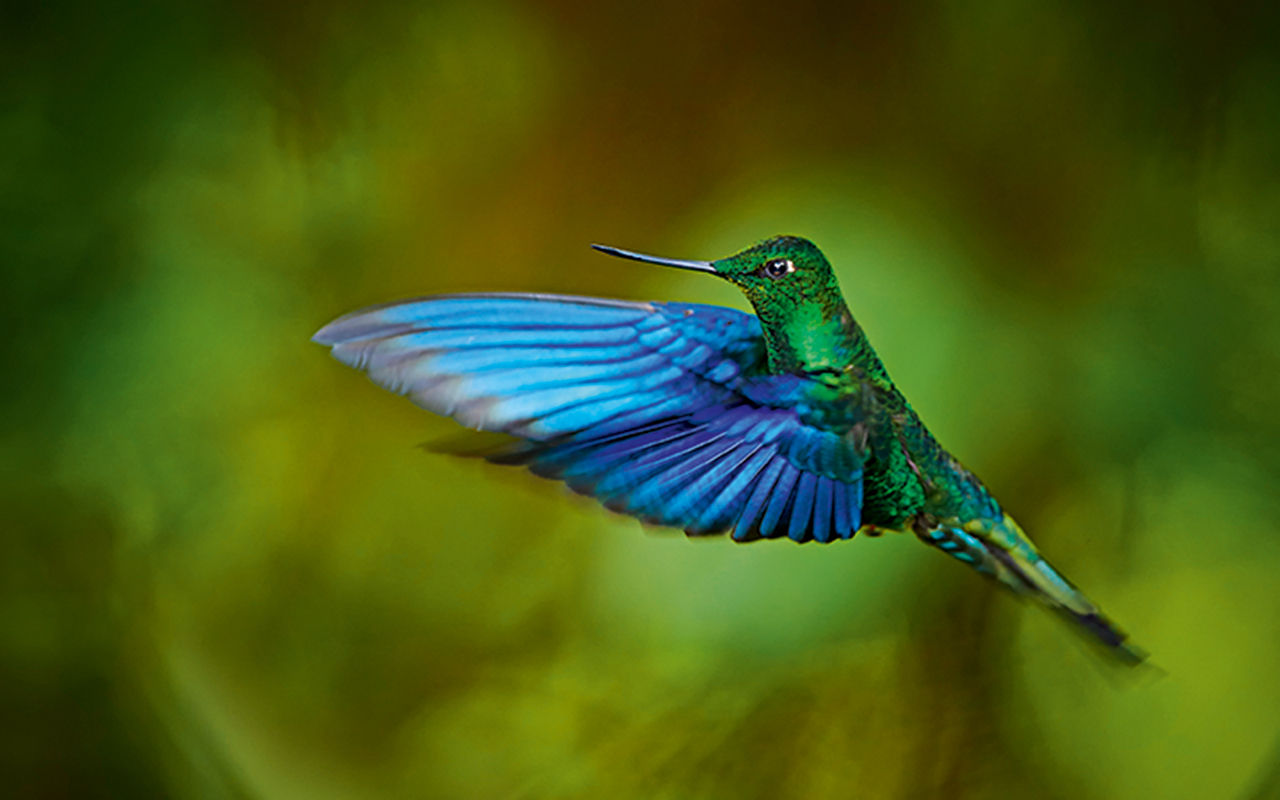
The 16-day trip departs 3 September 2020 and costs from £5,495pp, including flights, accommodation, transfers, most meals, tuition and guides. wildlifeworldwide.com
Photo by Wildlife Worldwide
Subscribe and view full print editions online... Subscribe